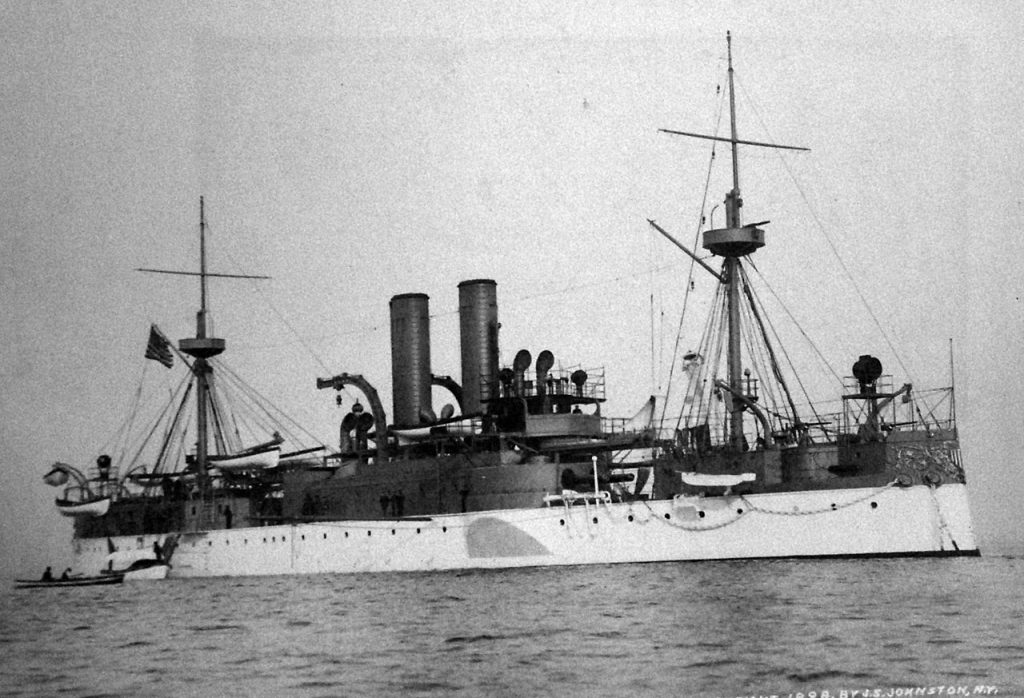
For centuries, wars were fought for a variety of reasons including economic gain, nationalism, territorial gain, and revenge. Revenge is a powerful motivator especially in response to a specific and targeted attack. Such attacks rally the people who call upon their government to fight for revenge. In American history, the people’s demands for vengeance have spurred the U.S. government into action on several occasions including entering World Wars I and II following the sinking of the Lusitania and the bombing of Pearl Harbor and starting the War on Terror following the suicide bombings of the Twin Towers. However, one of the earliest examples of the U.S. starting a war for revenge is the Spanish-American War. While the origins of the Spanish-American War can be traced back to Cuba’s war for independence which began in 1895, the war truly began with the perceived attack by the Spanish on the USS Maine.
In 1897, the new Spanish government offered to allow Cuba to have an elected parliament with limited powers of self-government. However, the insurgent leaders in Cuba wanted complete independence which led to several riots in Havana, the capital of Cuba. These riots threatened American citizens and property. In response, the U.S. government sent the USS Maine, a 6682-ton second-class battleship carrying a total crew of 354 enlisted sailors, marines and officers including Pvt. William Anthony. Anthony had enlisted in the U.S. Army in 1875, joining the Marine Corps later the same year. For years he had served the United States and her people both on shore and at sea. In 1897, he joined the Marine Guard aboard the USS Maine. On February 15, 1898, shortly after the bugles played “Taps”, a huge explosion occurred at the front of the ship destroying the front third of the ship and causing the USS Maine to sink. While many men dove overboard to save themselves, Anthony ran below deck to alert Navy Captain Charles Sigsbee of the situation. In his report, Captain Sigsbee mentions Anthony’s unwavering loyalty and devotion to his duty in his report stating that Anthony did his duty despite the great personal risk to his safety.

Of the 354 crew men aboard the USS Maine, more than 250 Marines and sailors were killed in the attack. Though responsibility for the disaster was never determined, a U.S. naval board found credible evidence that an initial explosion was caused by a mine or torpedo which detonated the battleship’s forward magazine. This attack devastated the American people who held Spain accountable for the explosion. Many families lost a father or a son and were left having to figure out how to live and move forward without them. The effects of the attack have been documented in letters written by family members including one from a sick widow who was left with twelve children and no way to earn enough money to feed them. The loss tore many families apart and led to the birth of a powerful rallying cry of “Remember the Maine, to hell with Spain.” Now, with a personal reason to enter the war, the United States declared war on Spain and the Spanish-American War began.
References:
Livingston, R. (1998). Sailors, Soldiers, and Marines of the Spanish-American War: The Legacy of USS Maine. Prologue Magazine, 30(1). Retrieved from https://www.archives.gov/publications/prologue/1998/spring/spanish-american-war-1.html
Storm, C. (2014, February 11). USS Maine Marine Survivors Make Lasting Impact on the Marine Corps. Marines. https://www.quantico.marines.mil/News/News-Article-Display/Article/518267/uss-maine-marine-survivors-make-lasting-impact-on-the-marine-corps/
USS Maine (1895-1898), originally designated as Armored Cruiser # 1. Naval History and Heritage Command. https://www.history.navy.mil/our-collections/photography/us-navy-ships/battleships/maine.html
History.com Editors. (2021, February 11). The USS Maine explodes in Cuba’s Havana Harbor. HISTORY. https://www.history.com/this-day-in-history/the-maine-explodes
History.com Editors. (2020, February 21). Spanish-American War. HISTORY. https://www.history.com/topics/early-20th-century-us/spanish-american-war



